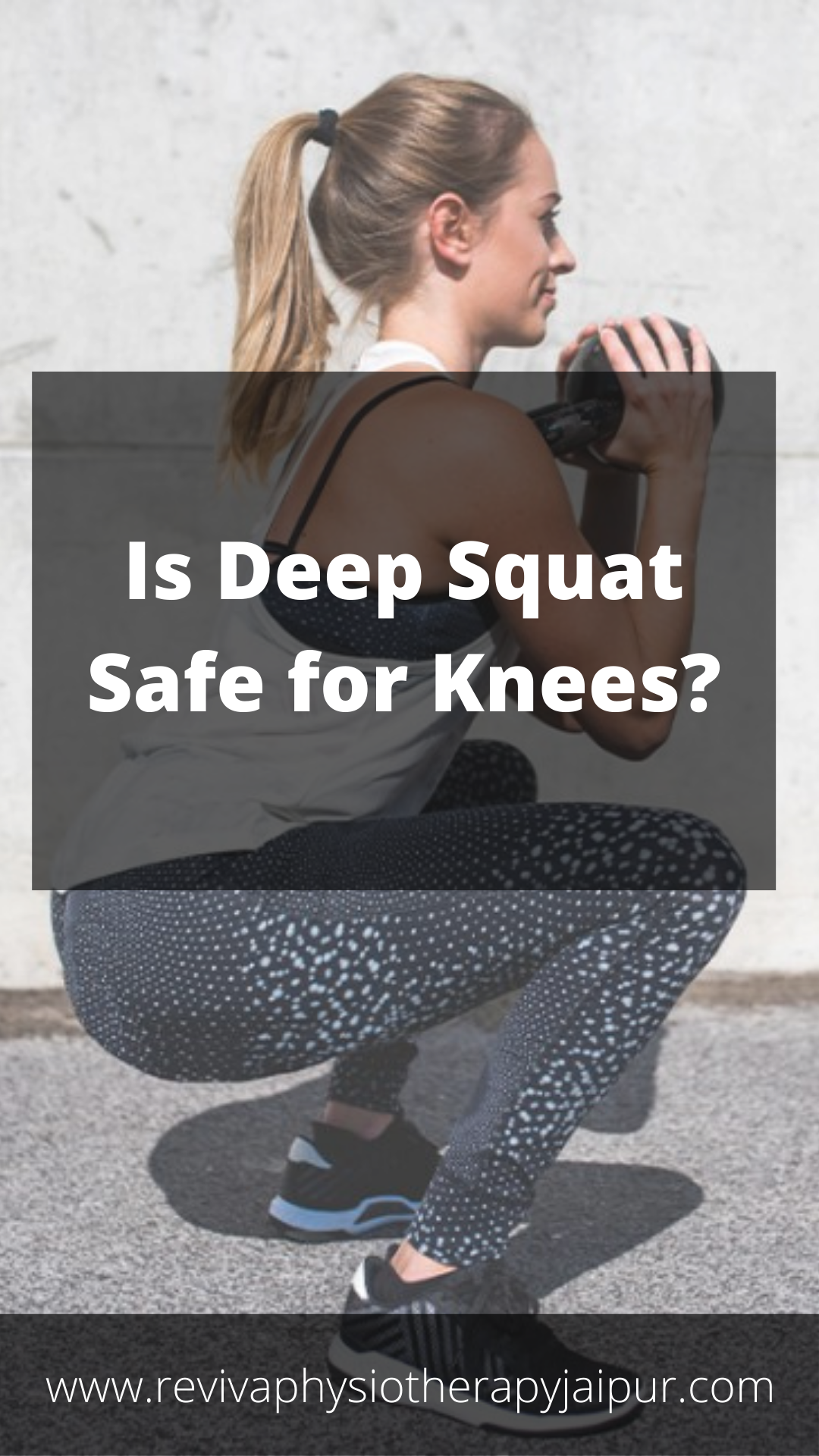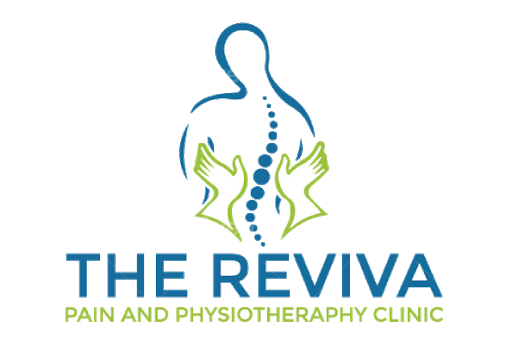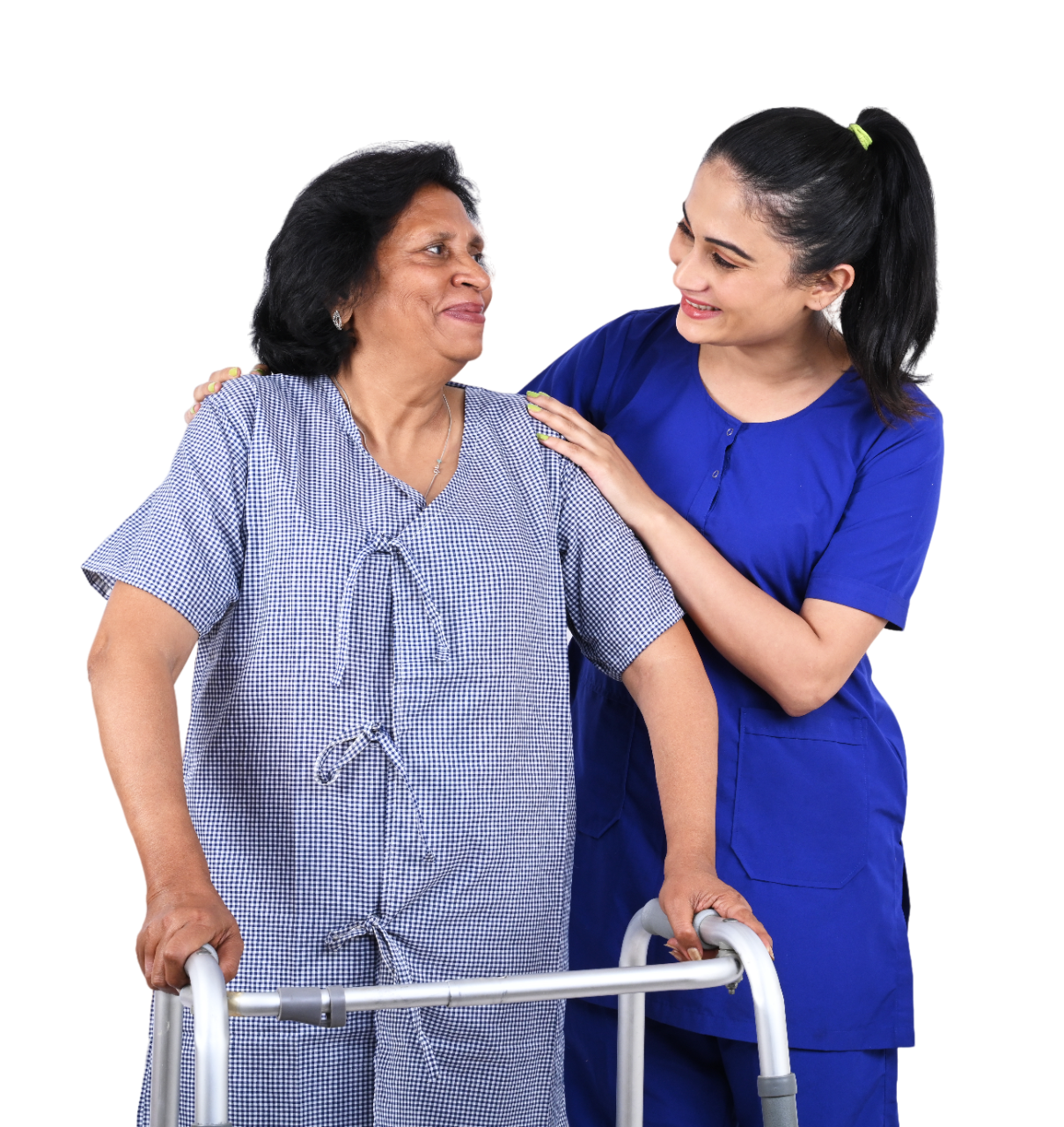There are few subjects that split physiographies more than deepnesses and the link with damage. In this piece, I would want to provide you an evidence-based view of this issue. I chose to divide it by examining the effect of squat profundity on corporeal regions, which individuals often complain about during squats.
For Knees
Is it harmful to your knees, squat after 90 degrees?? This is just incorrect for the vast majority of individuals. Pressures of the ACL really peak at partial depths of the squat and then diminish the rise in squat depth and compressive forces to reduce the shear power of the ACL.
But what about the meniscus and patellofemoral joint? If you do not have any previous damage to these tissues, there are no signs that deep-squatting causes harm to these structures as the strength of the meniscus and PFJ grows.
What about the patellar tendon problems?
The compression charge in the patellar tendon likewise increases with the increasing squat depth. This may surely make the tendon much worse, therefore if you have patellar tendinopathy, it is recommended to reduce the depth of the squat for a specific amount of time during rehab activities. However, movements such as box squats, low-bar squats, and reverse lunges can offer many of the same advantages as high-bar reverse squatting with considerably less anterior knee stress, as they shift greater workloads into hips. Give them an opportunity to see how they feel.
HIP
Have you ever had a pinching feeling deep into your lower hip? This is frequently caused by the hip’s ossic surfaces. And frequently the deeper the squat gets worse with this intrusion. If you do, you may need to increase the depth and work inside your soreness until the reason is remedied. FAI can occur through anatomical anomalies in the hip, inadequate breadth of position and foot turnout in the hip structure, or glute activation problems.
I’d also encourage those who attempt squatting on the front for a time because the lower degree of hip flexion during this exercise is less likely to impinge.
LOW BACK
At any point racked the bar after squats and felt a throb across your low back, or had low back torment for quite a long time/days in the wake of hunching down? It’s conceivable that you might have hunched down too profound and disturbed the circles in your lumbar spine. At the point when the pelvis posteriorly pelvic slants (tips back) at the lower part of the squat as you run out of hip flexion range, this is ordinarily alluded to as ‘buttwink’. Presently while this might sound diverting, it is related to lumbar flexion (lower back adjusting), which can put the circles under unnecessary pressure if the buttwink is unreasonable and loads are high. This is the reason I prescribe crouching directly at which a limited quantity of buttwink happens, and not driving any further. To defer where buttwink happens, I suggest dealing with your lower leg and hip versatility as this is conceivable the most widely recognized reason for beginning stage buttwink.
Stand by a moment, how does your lower leg influence your pelvic slant?? Allow me to clarify – on the off chance that you run out of reach in your lower leg when crouching, your body should discover development from encompassing joints to arrive at the ideal squat profundity. So lower legs run out of reach > hip necessities to give more reach > hip runs out of reach > pelvic posteriorly pelvic slants to make more hip flexion range > lumbar spine flexes > possibly tricky issue under high loads. Thusly, if your knee to divider (proportion of lower leg scope of development) is under 10cm on one or the other leg, make certain to chip away at your lower leg versatility to permit yourself to crouch before buttwink happens.




